Yorkshire’s bravest and most charming gentleman — the Airedale terrier
Bred on Yorkshire’s riverbanks to face otters, snakes and even enemy fire, the Airedale has gone from the trenches of war to the hearts and homes of presidents and movie stars.


In the valley of the River Aire in the West Riding of Yorkshire, mid-19th-century mill workers needed a dog that could tackle river rats, otters and anything else that crept along the waterside. Thus the Airedale was born — a fusion of old English rough-coated terriers with the endurance and web-feet of the Otterhound.
Originally known as the Waterside or Bingley Terrier, its combination of grit and grace made the breed suited not only to vermin-hunting, but to large game, retrieving and guard-work — a triple threat.
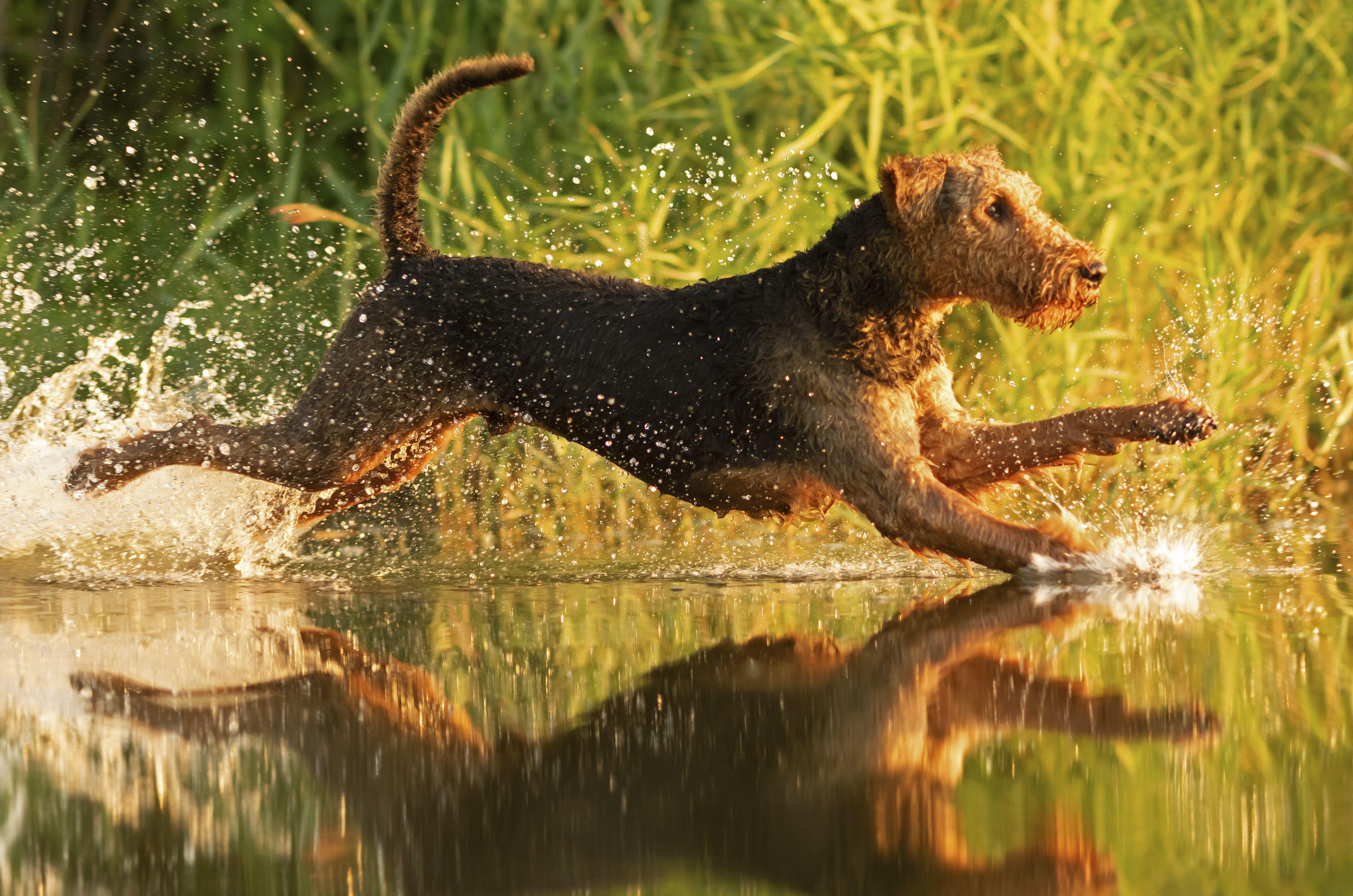
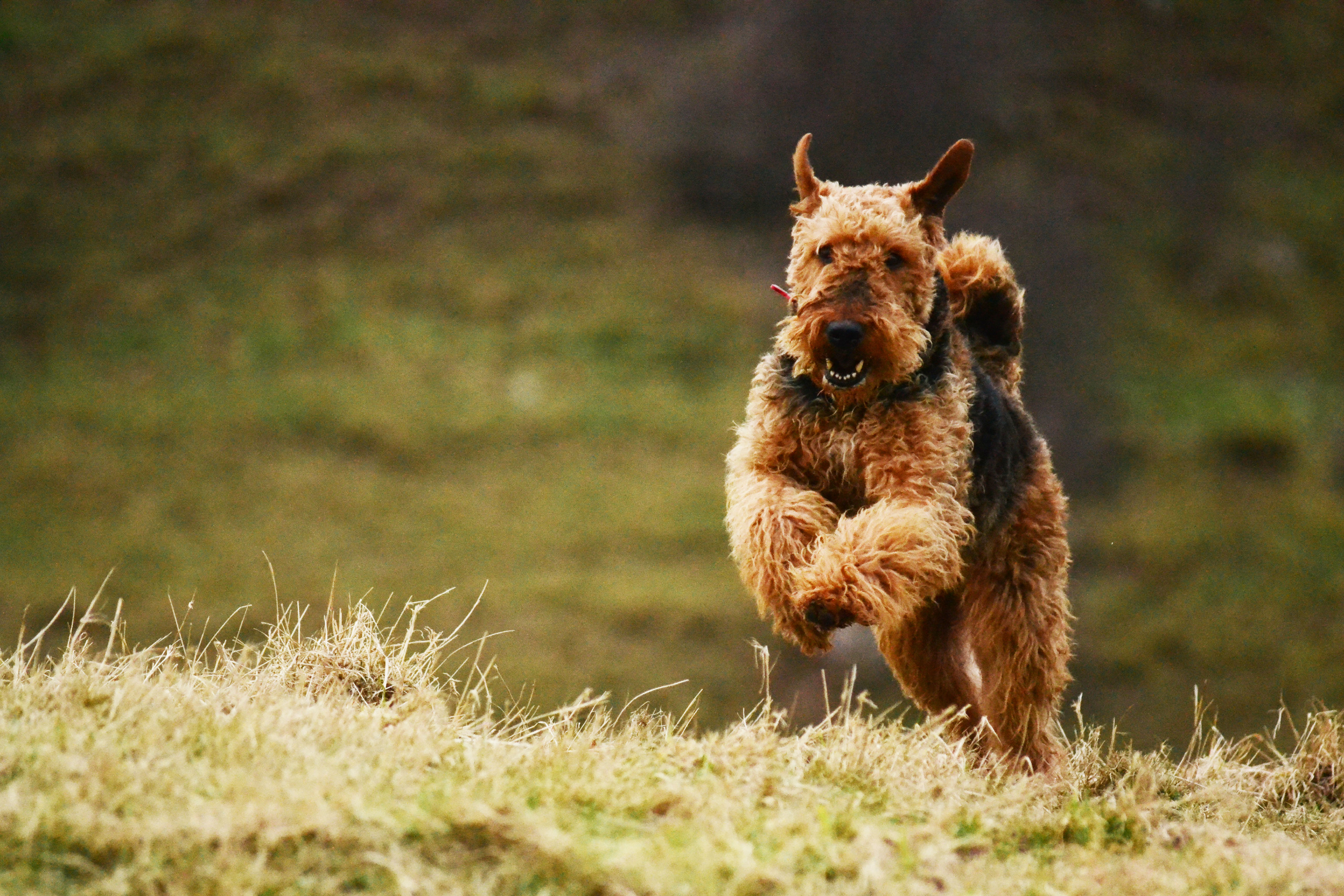
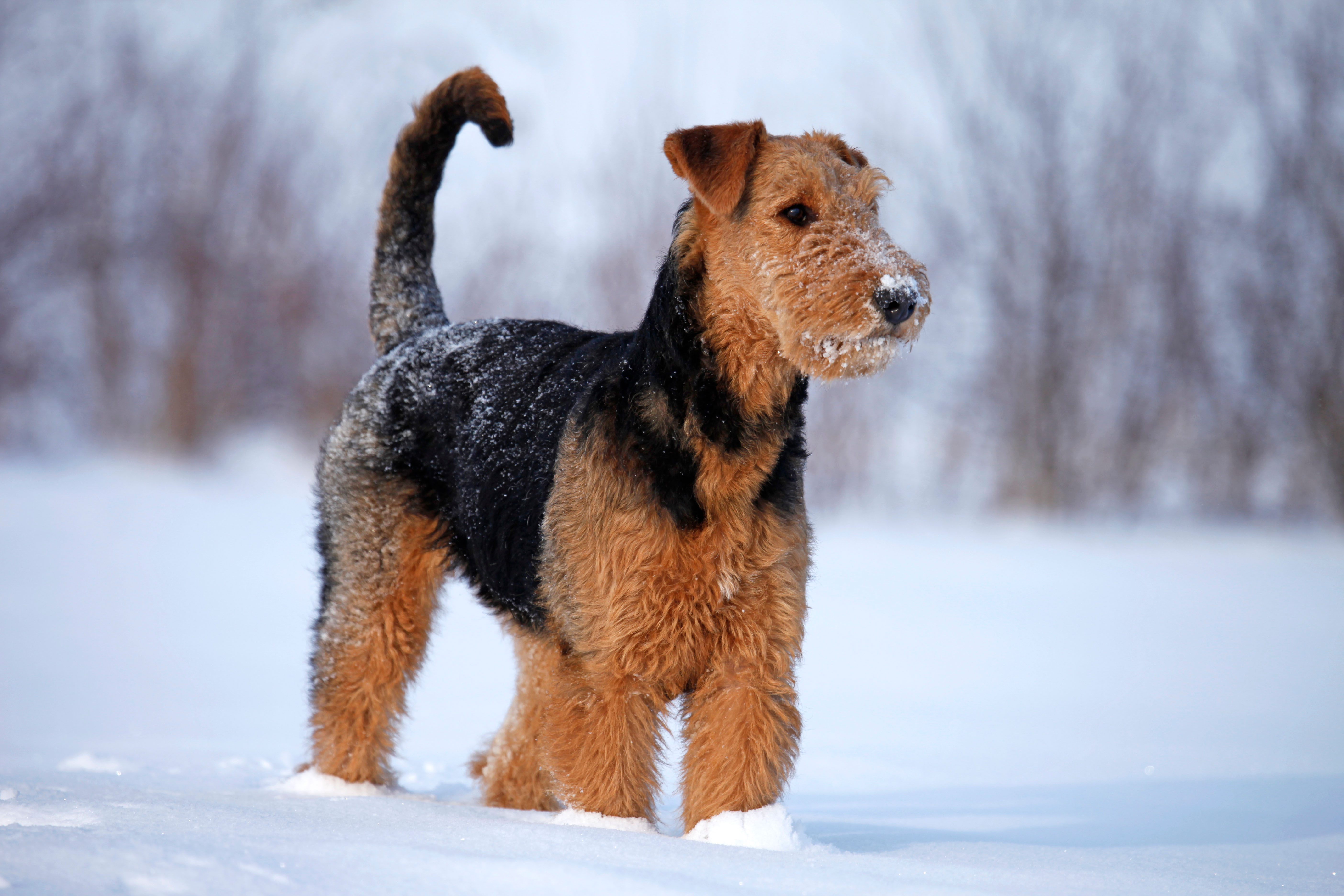
As Agnes Stamp noted in this week’s Town & Country Notebook, Country Life first reported on the breed’s bravery in 1913, recounting a canine-serpent skirmish in Nairobi: ‘There under a castor-oil tree [was] Buster and the snake facing each other not 2ft apart, the latter spitting like fury.’ Where a Great Dane had failed, the plucky Airedale prevailed — proof that size isn’t everything when courage runs in your veins.
The Airedale’s courage showed itself again during the First World War. Serving as messengers, sentries and rescue companions, they proved as intelligent as they were fearless. One terrier named Jack famously carried a vital message through shell-fire for the Sherwood Foresters and was posthumously honoured — an icon, a legend.

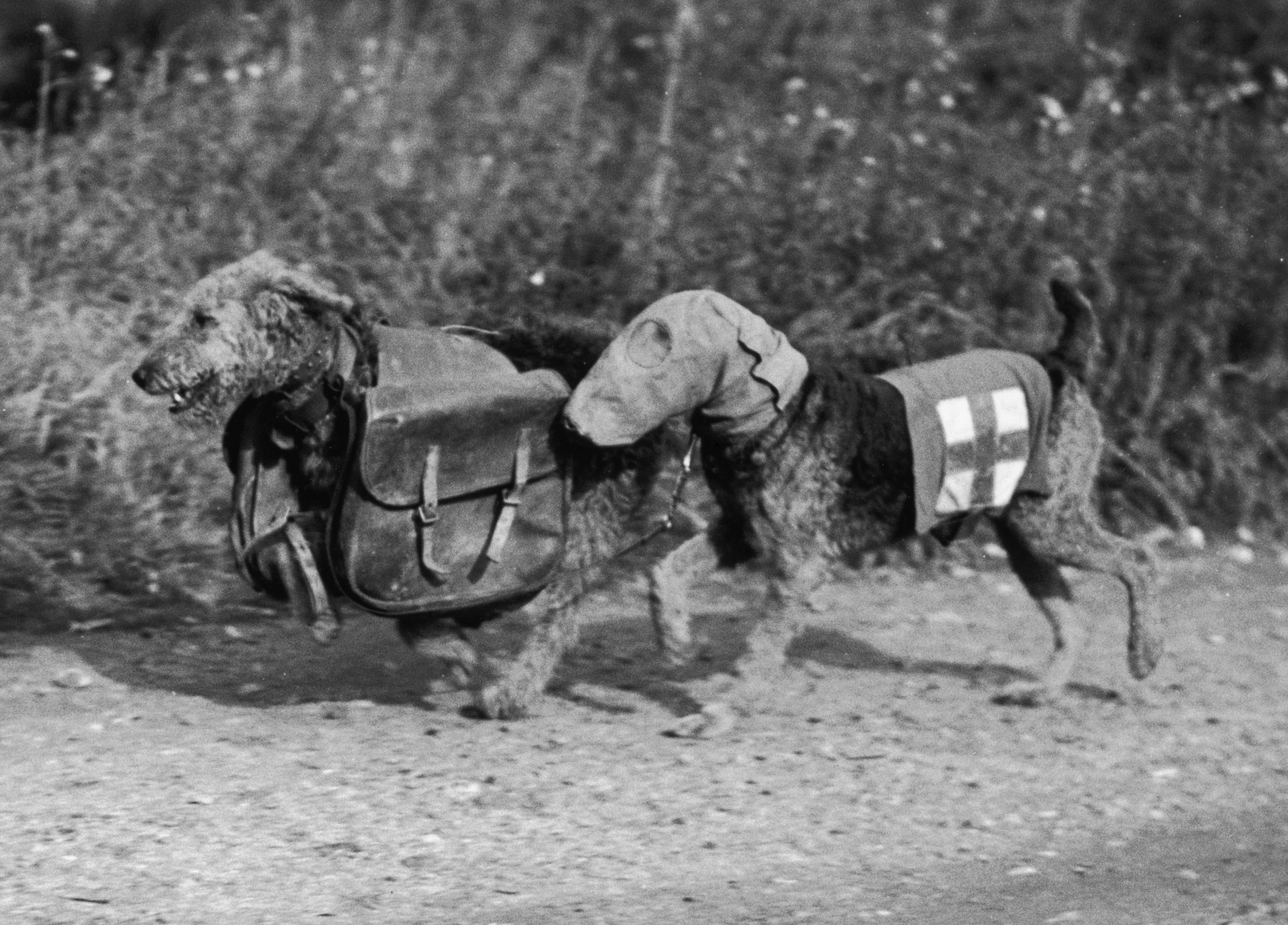
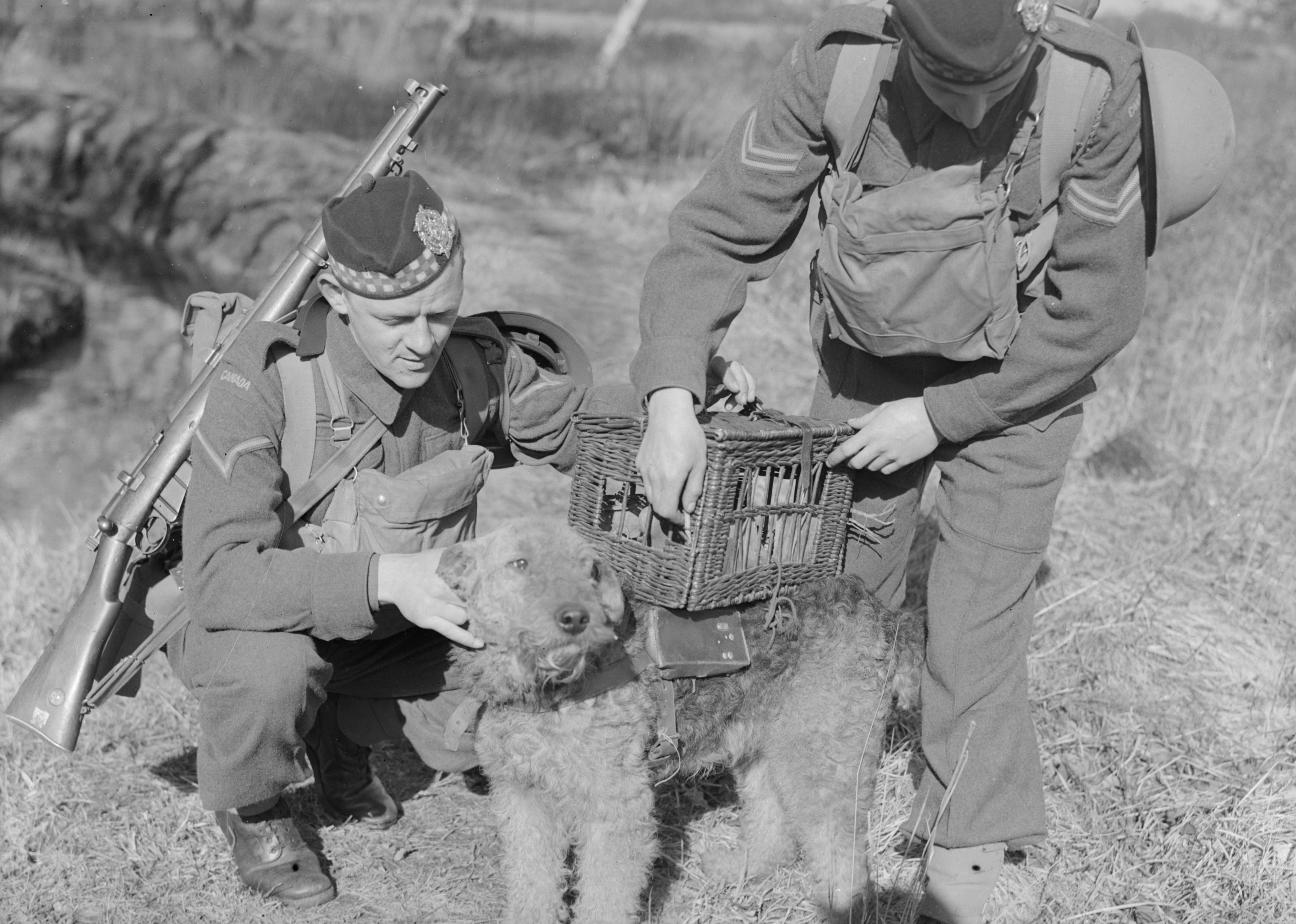
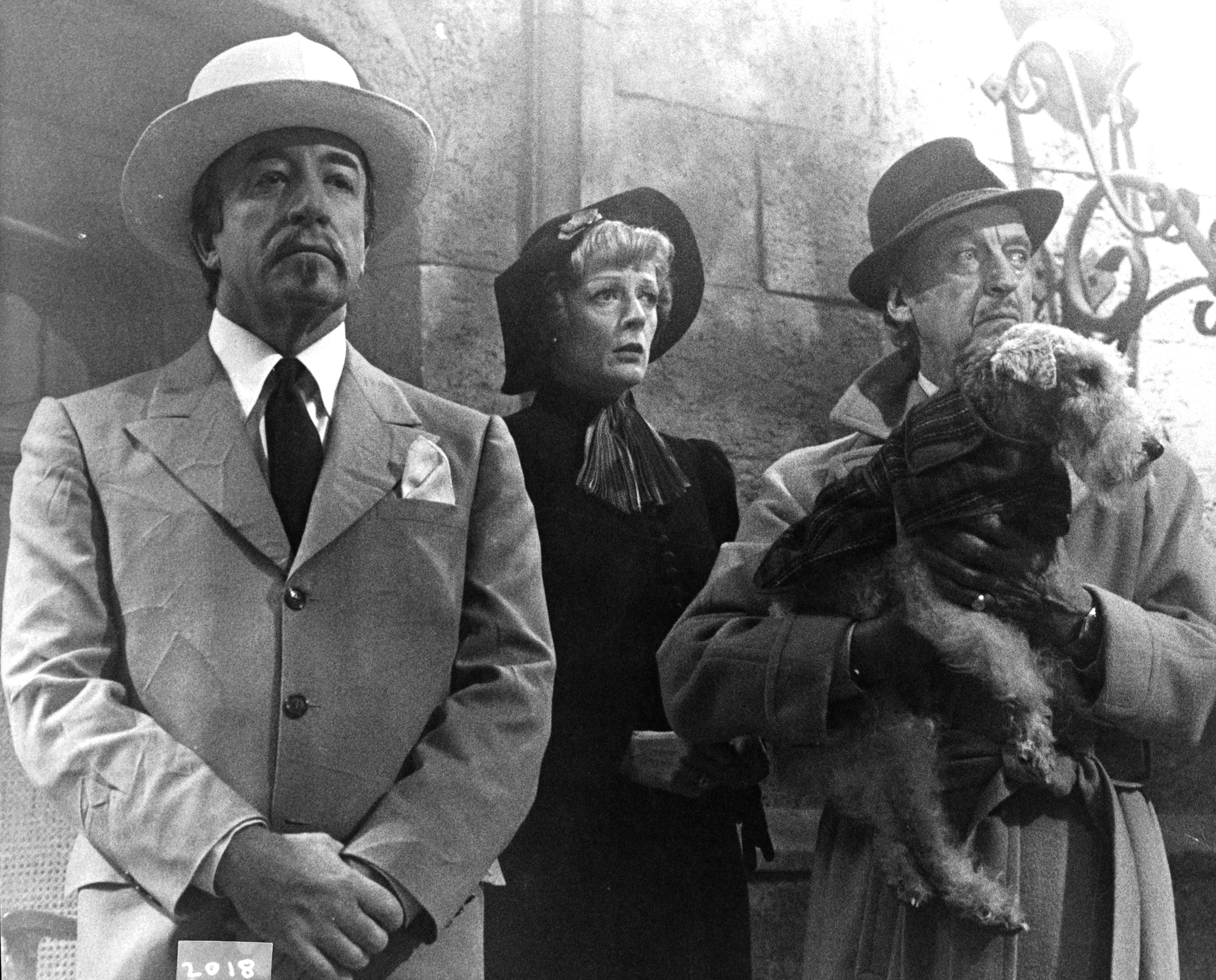
The largest of the terrier breeds and versatile in nature, the Airedale has earned its lofty nickname — the ‘king of terriers’. In the show ring, they turned heads: early-20th-century champions patrolled podiums, setting the standard for the breed’s poise and polish — a legacy that continues today.
The breed’s appeal has spanned presidents, stars and authors. In the White House, President Warren G. Harding’s Airedale, Laddie Boy, enjoyed near-cabinet status — including his own chair (as is right). It’s also been said that Presidents Woodrow Wilson and Calvin Coolidge kept Airedales, and Theodore Roosevelt was once quoted as saying: ‘An Airedale can do anything that any other dog can, and then lick the other dog.’ Make of that what you will.
In Hollywood, John Wayne’s beloved Airedale, ‘Duke’, lent the actor his nickname — the pair were known as Big Duke and Little Duke when he was a boy, and it stuck. Writers John Steinbeck, author of Of Mice and Men and The Grapes of Wrath, and James Thurber both owned Airedales, the latter immortalising his dog Muggs in his autobiography My Life and Hard Times.
Exquisite houses, the beauty of Nature, and how to get the most from your life, straight to your inbox.
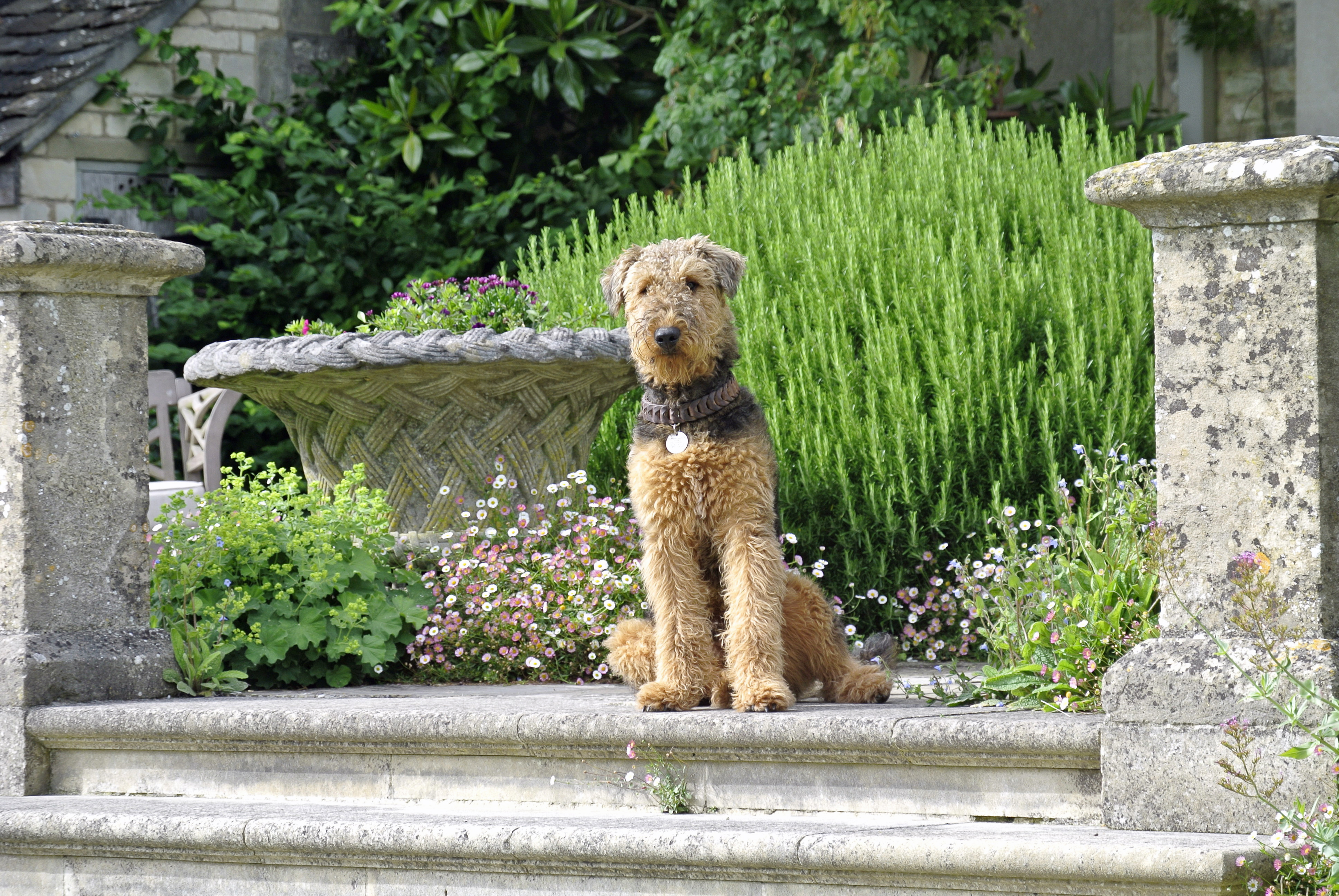
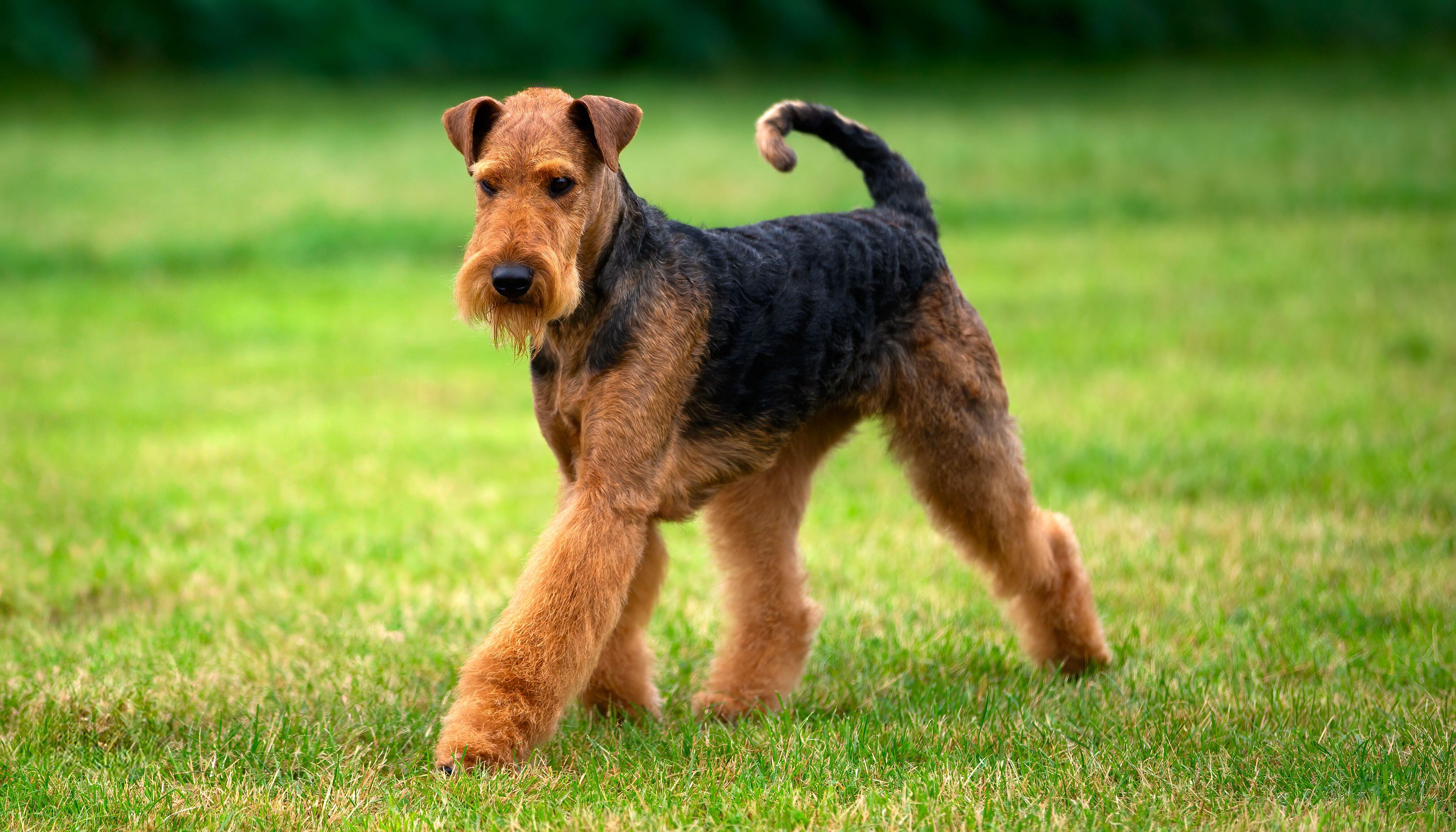
The Airedale is set apart from other breeds by blending working-dog robustness with show-ring finesse. Its coat — wiry, tan and black — and its expression carry the seriousness and warmth of a well-dressed grandfather figure. Part hero, part hunter, part companion — a perfect mix for any country home.
From Yorkshire’s riverbanks and the trenches of war to the White House and Hollywood film sets, the Airedale has lived a life — a versatile one at that. Yet through it all, it remains alert, loyal, bold and game for anything.
Florence is Country Life’s Social Media Editor. Before joining the team in 2025, she led campaigns and created content across a number of industries, working with everyone from musicians and makers to commercial property firms. She studied History of Art at the University of Leeds and is a dachshund devotee and die-hard Dolly Parton fan — bring her up at your own risk unless you’ve got 15 minutes to spare.
